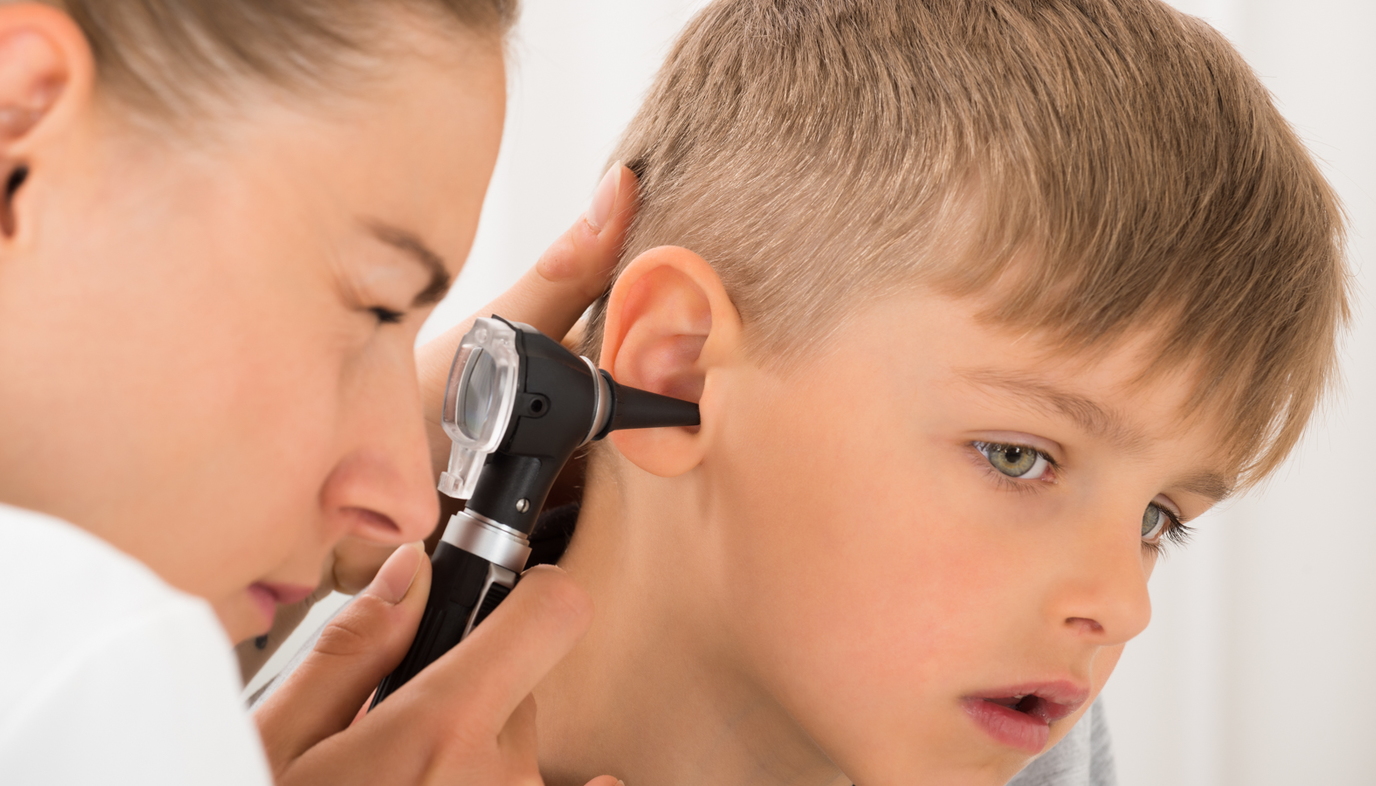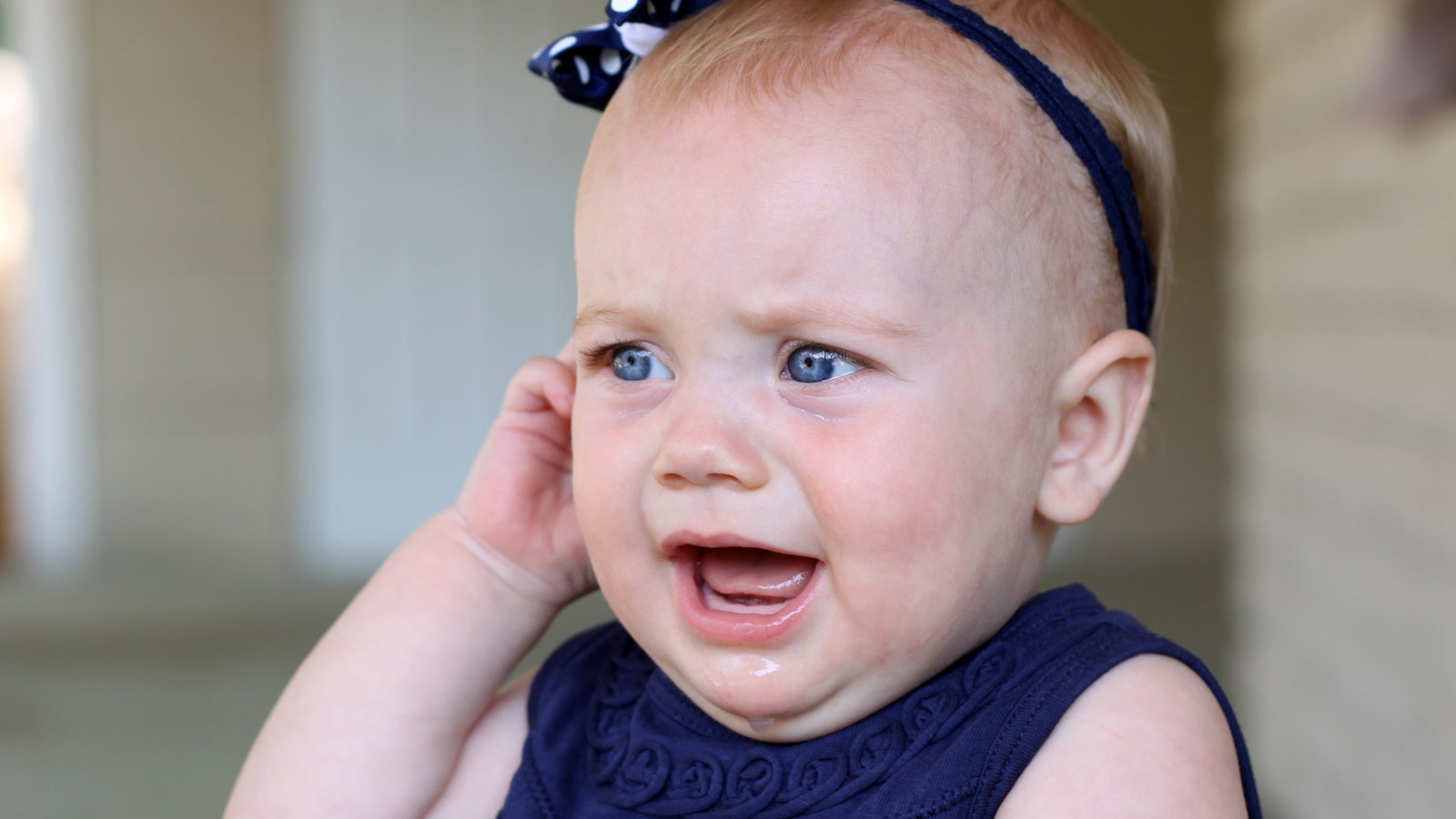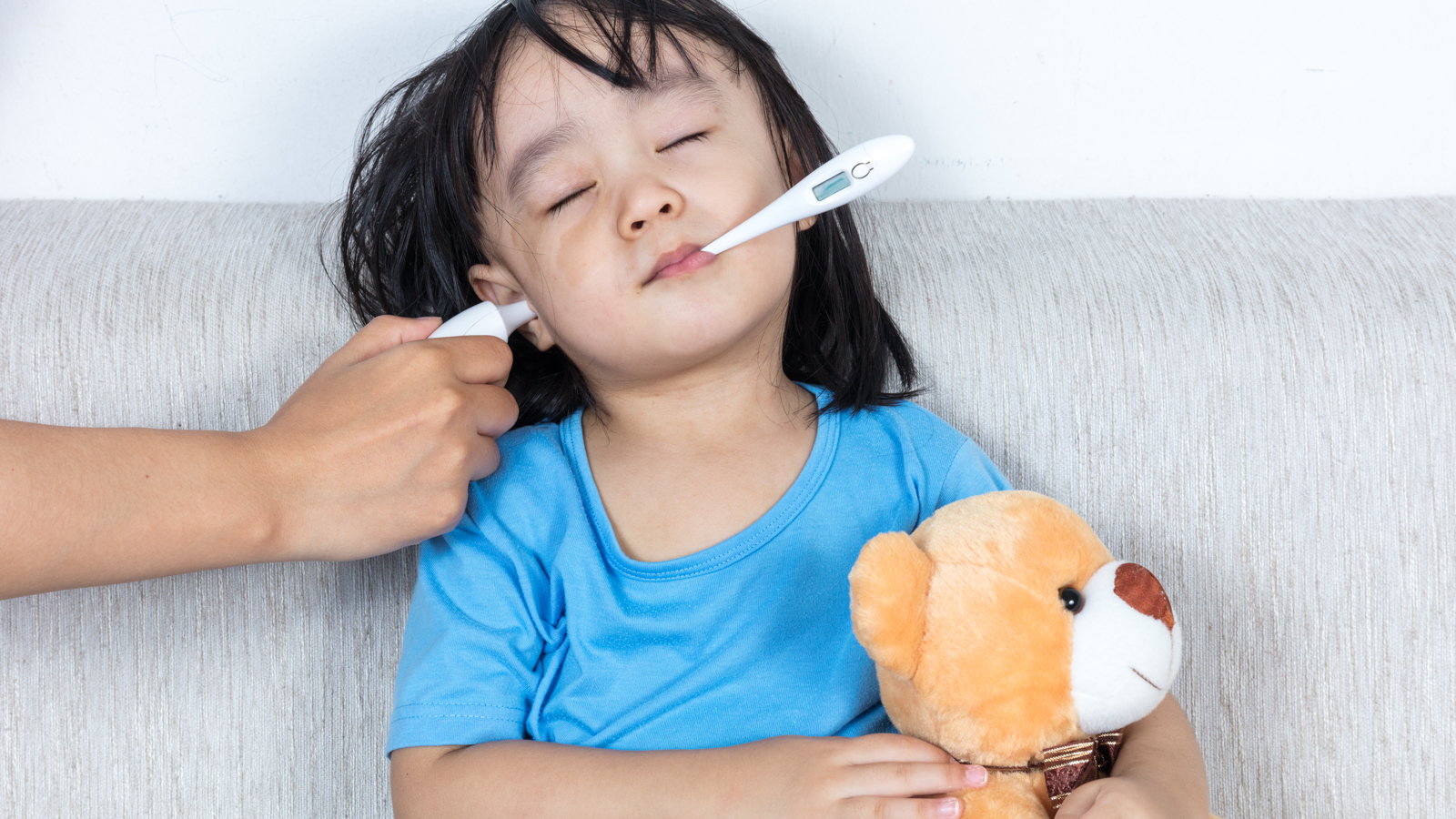
Without properly functioning ears, hearing wouldn't be the only function affected. You wouldn't be able to stand up straight if your ears weren't working well. For kids, ear problems have even been linked to poor school performance. Did you know that the three bones of the ears - the "hammer," "anvil" and "stirrup" - are tiny enough that all three can fit onto a single penny at the same time? Your kids' ears are delicate and vulnerable to a daily beating of sounds, tumbling, tugging, and more.
Taking care of your kids' ears is especially important not only because they are growing and developing, but also because kids won't do it for themselves. It's up to you to make sure their ears are getting the attention they deserve.
Good Ear Care
The old adage "you should never stick anything smaller than your elbow in your ear" is still true today, say doctors. Make sure your kids understand the harm they could do if they stick anything into their ears, even fingers or an earbud. Fingers, especially fingernails, carry bacteria, germs, and everything in between. Poking ears with sharp objects like pencils, coffee stirrers, toys, and other objects is something you'll need to make sure your kids aren't doing. A punctured eardrum, infections, and permanent damage to the ear's delicate bones are just a few issues that can arise. With that type of damage, life-long problems can arise.

Good Ear Cleaning
While some people swear by over-the-counter ear wax treatments, others use home remedies like the ear candle, which involves lighting a flame on one end of a cylinder and sticking the other end into the ear. Doctors strictly advise against ear candles. A safe, at-home method is to flush your kids' ears with a mixture of hydrogen peroxide and room temperature water, placing 1-2 drops into ears a few times a day. Any more than that and you can affect balance. However, if you need to truly clear your kids' ears of a blockage or wax buildup, take them to the doctor. The problem with cleaning ears on your own is that many people overdo it and cause injury.

Common Ear Problems
Ears play such an integral role in everyday life and the functions of the body that if something goes wrong with the ears, it can manifest in other ways. Some common issues that affect the ears are:
Swimmer's Ear - This infection of the outer ear canal is caused by bacteria that is left over from water that has gotten into the ear. Shoving cotton swabs or even a finger into the ear to help the water out will actually make things worse. The easiest and safest method to treat swimmer's ear is with over the counter ear drops labeled for this purpose.
Ear Infections - Ear infections are the second most commonly diagnosed childhood illness next to the common cold. Usually, infections happen because the middle ear is blocked by mucus, stemming from a head cold and a stuffy nose. The fluid from the sinus passage can build up into the ear canals and become infected. A round of antibiotics will clear it up in most cases.
Wax Buildup - While some people never have ear wax problems, others have ongoing issues. If your kids have ear wax buildup, they may experience balance and hearing issues, pain, itching, and ringing. See a doctor and have him clean your child's ears with specialized instruments designed to clear ear passages.
Ringing in the Ears - Tinnitus or 'ringing in the ears' is common, and comes and goes, in most cases. Tinnitus can sometimes occur after being exposed to very loud noises, and if it lasts more than 48 hours, can be an early sign of noise-induced hearing loss. Keep your children away from loud music (including the music piped through earbuds and headphones: turn down the volume), construction sites, motor speedways, and other places with noises above 70 decibels (dB). A helpful reference is a normal conversation, which measures about 60 dB, and is not harmful to ears. A bulldozer, at 85 dB, can cause damage after one hour of exposure at close proximity.
